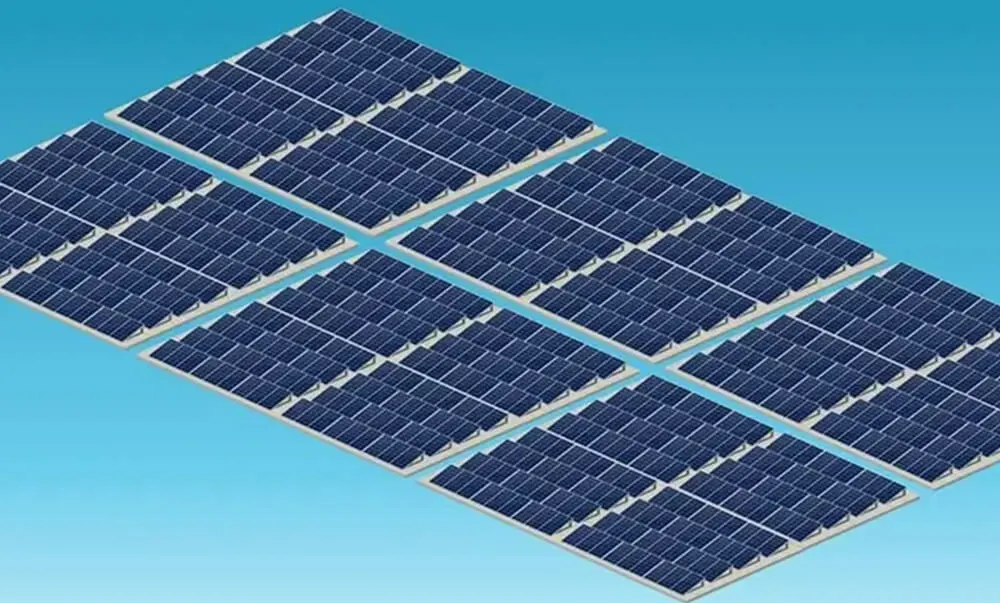
Can Floatovoltaics Aid In Solar Energy & Methanol Fuel Production?
Do you know that floating solar plants aka solar methanol islands can not only produce solar energy, but can also aid in methanol fuel production?
In today's era, carbon-based liquid fuels are an important energy storage media. 80% of India's energy demand is still being met by coal, oil, and solid biomass. It results in greenhouse gases emission at a massive level which is the leading cause of global warming.
Even with the recent technological advancements, solar energy production can no way compete with conventional energy production by carbon-based liquid fuels. Even solar panels for industries and residential rooftops combined cannot produce enough solar energy to meet energy demands at a large scale. So, removing carbon from the atmosphere continues to play a crucial role in saving the earth's climatic conditions.
The Research & The Findings
According to researchers from Norway and Switzerland, millions of floating solar islands, clustered together can produce enough electricity to significantly reduce the amount of greenhouse gases in the atmosphere by extracting CO2 from the seawater and converting it into methanol fuel.
The solar energy will be converted into electricity with the help of floatovoltaics. This generated electricity will be then used for hydrogen production and CO2 extraction from the seawater. The process of methanol production involves directly hydrogenating pure CO2 with H2 with high selectivity on conventional Cu/ZnO-based catalysts. With perfect pressure and temperature conditions, the hydrogen and carbon dioxide will react with each other to form gases that produce methanol in presence of the catalysts. After shipping it to the end-user, the methanol can be then reused as fuel. This entire process eventually yields zero net CO2 emissions.

Optimum Place For Floating Solar Plants To Operate At Higher Efficiency
The solar methanol islands need to be placed in a safe ocean area with abundant sunlight and satisfactory physical conditions. The solar module manufacturers place the floating solar farms in the ocean areas with wave heights of less than seven meters, low risk of hurricanes, and water depths of less than 600 meters.
The most suitable locations are shorelines along the equator. They have plenty of sunshine and relatively small waves. The list includes Indonesia, the Coasts of Southeast Asia, North Australia, the Arabian Gulf, and Brazil.
Advantages Of Floating Solar Plants
- Low installation cost as compared to land-based photovoltaic panels
- No land requirement for solar panel installation
- 10% greater power production due to the cooling effect of water.
- The water beneath the panels minimises energy waste
- Requires low maintenance as the panels remain dirt-free
- Minimises algae production in water by providing shade
- Reduce water evaporation by limiting air circulation
Challenges Faced In Methanol Production By CO2 Extraction From Seawater
- Electrolysing seawater results in chlorine formation
- Copper–zinc–aluminium catalysts require high pressures and temperatures to function properly
- There is no large-scale device to extract CO2 from seawater
- At high temperatures, hydrogen and carbon dioxide can react to form carbon monoxide
- Cost-effective floating solar solutions are needed to make the project economically viable on a large scale.
Conclusion
It is estimated that the output from 3.2 million floating islands would exceed the total global emissions from fossil fuels. But with all the challenges present, this goal is far from realization at the present moment. This ambitious project demands tremendous advancements in the field of solar energy production for its implementation and success.